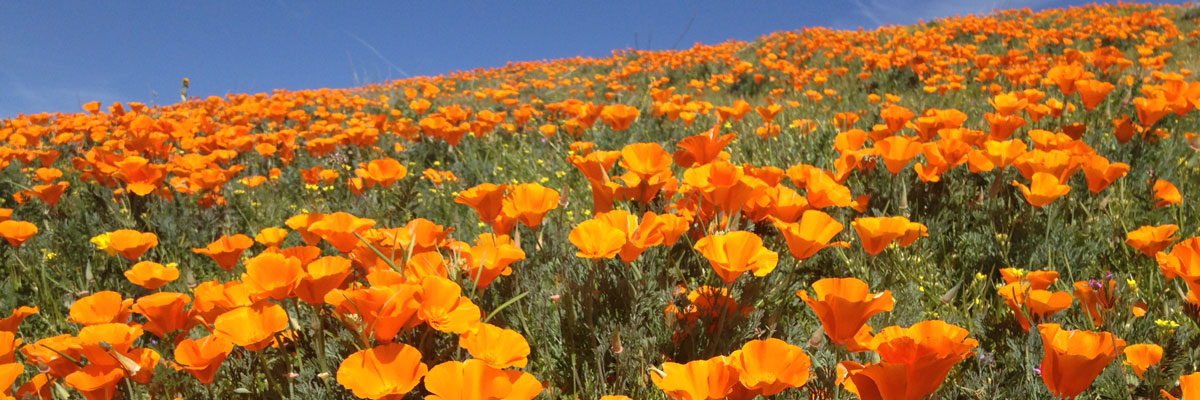
SCE’s biological resources program provides guidance and tools to identify and address sensitive plant and wildlife species and their habitats within SCE rights-of-way and work areas. We combine our biology expertise with deep knowledge of utility projects and activities to understand work methods and the potential for effects on sensitive species. Although we are a small team, between us we have over 50 years of experience with utility work from the largest transmission projects to the replacement of individual wood poles. We work with outside species experts and agencies to develop resource management strategies, and to permit and mitigate impacts that can’t be avoided. Internally, we coordinate with our restoration and compensatory mitigation team to provide full circle protection and conservation for California’s unique and irreplaceable natural resources in our service territory.
Developing resource evaluation and protection guidance, consultation and permitting for endangered species, resolving issues in the field, and providing support for SCE’s projects and maintenance activities are key aspects of what we do. From kangaroo rats and pocket mice to bighorn sheep, SCE protects mammals by avoiding habitat impacts, timing work to the right season, and agency coordination. We also protect rare invertebrates within our service territory such as the Delhi sands flower-loving fly, the Kern primrose sphinx moth, and Casey’s June beetle.
The overarching Biology Program includes our Special Status Species Protection, Botanical Resources, Mammal, and Invertebrate Programs, in addition to our dedicated Avian Protection and Herpetology Programs.
Bighorn sheep resting in the shade of a transmission tower
Kangaroo rat signs – tracks, tail drags, and dust bath
Delhi sands flower-loving fly resting on buckwheat
Botanical Resources Program
Leaf it to SCE’s botanist to help to weed through new and challenging regulatory changes with innovative solutions for evaluating and reducing impacts to plants. The Botanical Resources Program supports a variety of SCE’s vital projects by developing tools and identifying strategies to avoid sensitive plants species when carrying out work. For example, SCE created vegetation community mapping using publicly available information as well data collected through SCE’s surveys to help assess the potential presence of rare plants. SCE also uses onsite monitors to identify sensitive areas where work activities should be avoided and limits work during certain times of the year reducing impacts to vegetation. The Botanical Resources Program also aims to find reasonable alternatives to trimming and impacting plants. When trimming is necessary to reduce wildfire risk and for public safety, SCE’s botanist looks for opportunities to minimize trimming efforts and protect rare species.
Some highlights from the last few years:
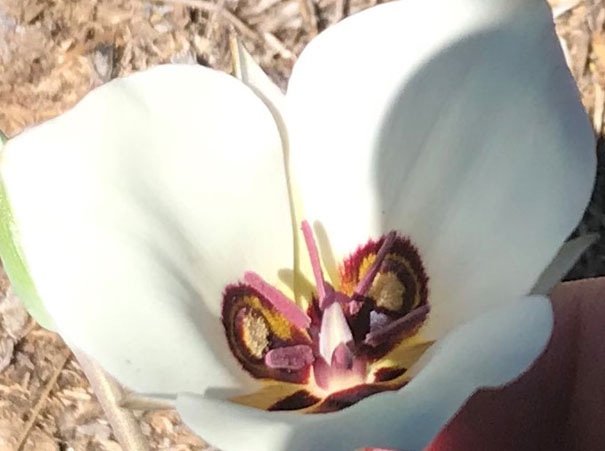
Supporting SCE for avoiding and reducing impacts to western Joshua tree. The California Department of Fish and Wildlife (CDFW) added western Joshua tree as a candidate species pursuant to the California Endangered Species Act (CESA). SCE has been working directly with CDFW to avoid impacts to western Joshua tree except in instances where the tree poses a direct threat to infrastructure.
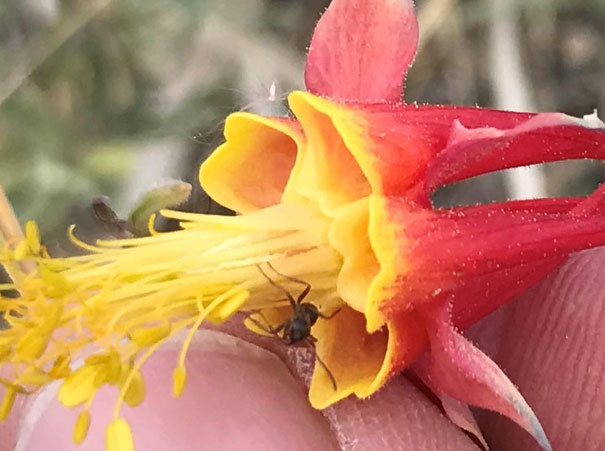
SCE contributes to documenting rare plants across the state through regular contributions to the California Native Diversity Database. This has included identifying historic populations of plants that have not been observed in 50 years. In addition, SCE performs protocol rare plant surveys for many projects that have resulting in finding new records for species.
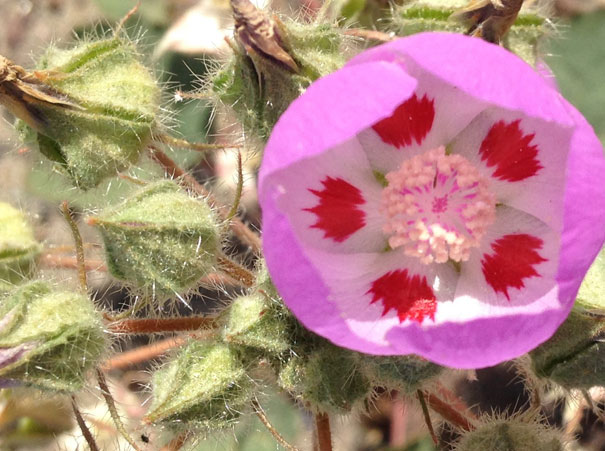
SCE has developed a robust database with the help of the California Native Plant Society and other entities on vegetation communities within the service territory. By combining vegetation community data from third parties with SCE’s data, SCE is better equipped to evaluate the potential affect SCE’s work could have on natural resources. These evaluations are used to then help avoid and minimize impacts to sensitive botanical resources.
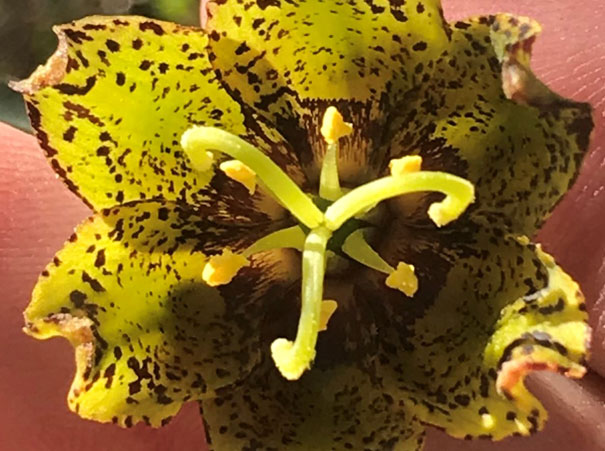
SCE supports reducing impacts to monarch butterfly by reducing wildfire risk within coastal roost sites, avoiding certain work activities within critical seasons, and evaluating where milkweed occur. SCE continues to monitor the proposed listing of monarch pursuant to the federal Endangered Species Act (ESA) and adapt work to ensure long-term survival of the species.
